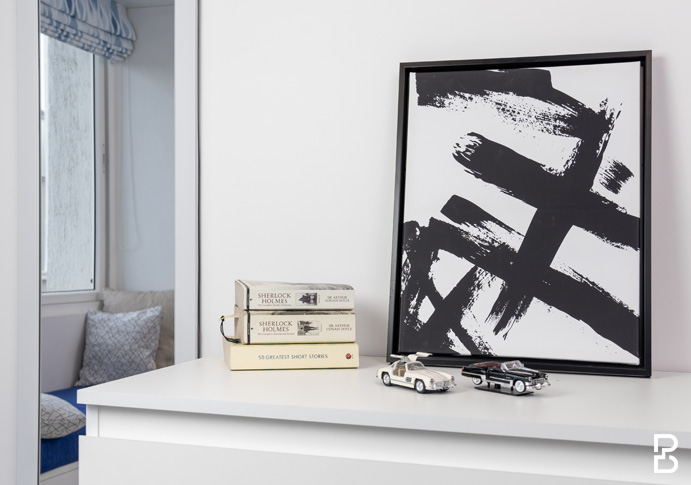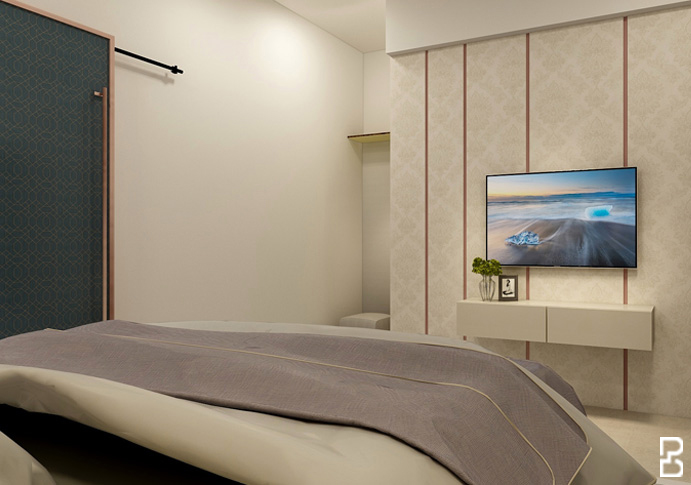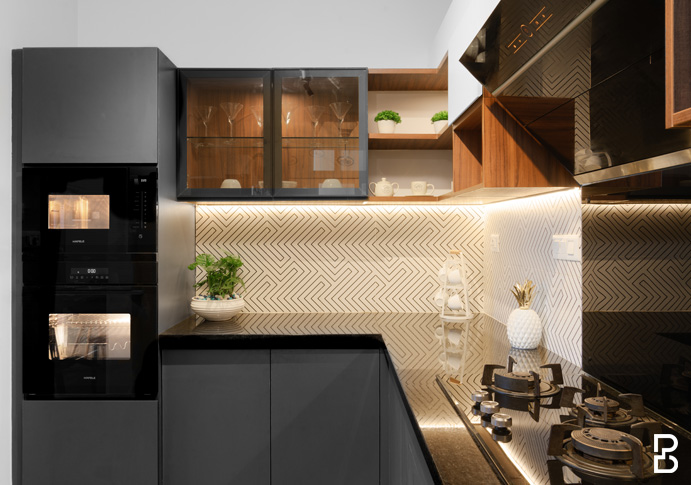Minimalist interior design is a way to inject your idea of creativity in your home. It is shaping up homes and the younger generation is acknowledging minimalist design in India in their day to day life. However, many of us still struggle with the idea of minimalism despite it being the most popular one, especially among the millennials. It is not about not buying the things you like or living with shortage. It is about living with less, embracing the concept “less is more”.
It’s safe to say that minimalism ranks high among the century’s most influential aesthetic trends. It’s the most efficient, potent, and impactful way of living now in use. It adds a touch of class and sublimity to the home. In India, there has been a huge upsurge in its adoption and people are embracing quality of living over living a lavish lifestyle. You are not only saving money from cutting unnecessary expenses, you are also given an opportunity to have an idealistic view about a lot of things you want to see the moment you open your eyes in the morning.
After a space has been cleared of unnecessary items, it’s time to pare down the furnishings to just those pieces that serve a purpose. Remove any unnecessary ornamentation.
The design of furniture should be simple and uncluttered, and it should be built well and be of high quality. When you pare down to just a few crucial pieces of furniture, the focus shifts to those pieces’ shape and function. Everything in a home with a simple design serves a purpose and adds to its beauty as a whole.

Space is seldom wasted in Indian interior design. By restraint in their use of colour, minimalist décor can help create a relaxing atmosphere in the house. Getting bogged down in a mess may drain your energy and time. There’s no denying that having too much stuff can be draining. Both in terms of the time and effort required to clean and organise, and the emotional toll of feeling overwhelmed in your own home. Minimalists concerned with efficiency realise this and work to prevent it.
To get more clarity on what minimalism in interior is, you can read: What is minimalism
An efficiency minimalist’s primary objective is to free up time for what really counts. Those who aim to simplify their lives often do so because they want to devote more time to something else. Whether it’s work, family, meditation, or, in the case of Marie Kondo, the pursuit of pleasure.

Many people who advocate for health and fitness, come under this category of minimalist interior design, and their desire to return to a more natural way of life makes them the most minimalist of all. Although most minimalists adhere to the principle of owning fewer possessions, those who prioritise physical health often go without furnishings.
Proponents of this style of home design have ditched their cushy recliners, high dining room tables, and floor-level mattresses in favour of a more “caveman” aesthetic or superior biomechanics.
Furniture-free living may not seem like the most pleasant décor arrangement for a family, but its enthusiasts believe that it’s the most efficient method to get in the daily squats and body motions that people generally pay to go to a gym for. This sort of minimalist living may seem a little spartan for many, but it’s not impossible.

The kind of minimalism that emphasises an uncoated, uncluttered look is on the increase at the moment. Disorganization is unsightly; let’s face it. When you have a lot of things, it’s harder to decorate, clean, and just get by in life. This explains the recent surge in popularity of minimalist design, which prioritizes open space, bright colours, and few personal items.
Also read: Kitchen Designs that will be Popular in 2023
From Instagram to design websites, there is a growing desire for simple and uncomplicated design. People who are interested in the aesthetics and the way minimalism looks are often surprised to learn that it has a far reaching benefits.
Minimalism’s rising popularity may be attributed to the ideology’s inherent ease. Clutter-free spaces are at the heart of minimalism. The neutral colour palette and plenty of vacant space make cleaning a breeze, and facilitate a relaxing atmosphere.
This setting is ideal for unwinding and rejuvenating. Simple, high-quality, and well-organised living. Bonito Designs has been on the forefront of personalising your space through literature, art, movies and music you like using minimalist ideas of design. Make your home a safe haven, a collection of good memories and a looking glass to how you see your future only with Bonito’s design concepts.
Ans: By definition, minimalism is a style in which the fewest possible components have the greatest possible impact. The aesthetic roots of minimalism may be traced back to works of art that used spare colour palettes, minimal line work, and precise composition.
Ans: An important tenet of the minimalist ideology is eschewing excess in favour of a more simple existence. Learn to be content with what you have rather than always wishing for more. Being a minimalist is something you might be without realising it.
Ans: Minimalism in interior design entails things like choosing to forgo furnishings and reducing one’s possessions to a mere 15. Putting it simply, extreme minimalism is a more glaring illustration of reduced goods than regular minimalism, and it pushes the limits of what would ordinarily be deemed comfortable.
Ans: If you are a person who is drawn to simplicity, then yes. It is good for you as it encourages clutter free living. Minimalist design, by its very nature, draws attention only to the elements that you consider most important. The elements of your home will be easily accessible without any unnecessary distractions.
Ans: Minimalism has become popular in the past few years as people have started adopting a life with limited means. When you have less possessions or only the important ones, the stress of clearing out stuff becomes non-existent.
Ans: It can very well be the future of interior design because it embraces “less is more” philosophy. When it comes to designing a home, minimalism is characterised by a lack of extraneous items, a sharp focus on function, and a soothing, standard vibe. Although there are no set guidelines for how minimalism should be practised, many have discovered that embracing a simpler way of living at home may be very satisfying. Therefore, proving that minimalism can very well be the future.
Ans: Minimalist interior design saves not only money but also time and space by only including the things that are essential to go through everyday life. It is not about “making the most of it,” it is about “embracing less.”